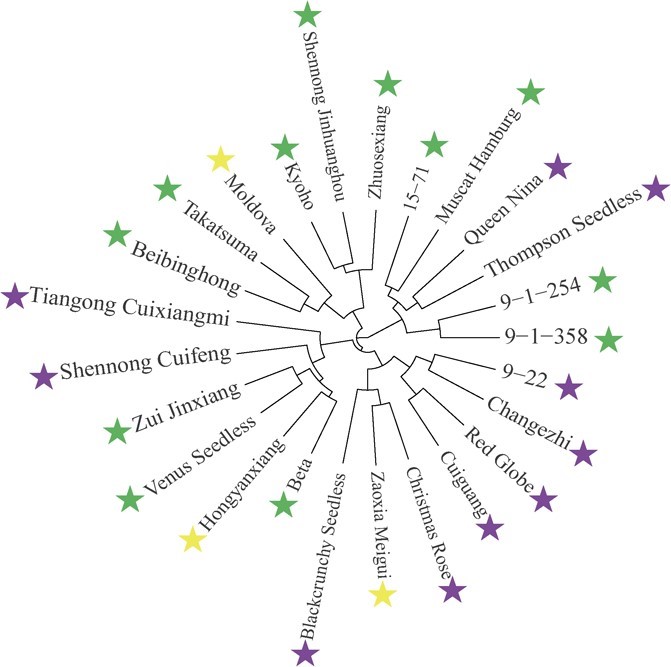A recent study has revealed the genetic factors responsible for sterol metabolism in rapeseed, a plant renowned for its health-boosting compounds. The research uncovers specific genetic loci and candidate genes that regulate the production of sterols—essential metabolites that support both plant functions and human health. Through an innovative combination of quantitative trait loci (QTL) mapping and transcriptomics, scientists have decoded the regulatory mechanisms behind sterol content in rapeseed. These insights pave the way for developing rapeseed varieties with enhanced sterol levels, which could significantly improve the health benefits of vegetable oils and accelerate advancements in plant nutrition.
Tag: Cytogenetics

The crunch factor: grape genetics unravel the mystery of berry texture
A pivotal study has uncovered the genetic blueprint behind grape berry texture, a key factor in the fruit’s commercial value. By mapping the genetic markers associated with firmness and brittleness, researchers have identified critical quantitative trait loci (QTLs) and candidate genes that could revolutionize grape breeding, leading to superior varieties for both table grapes and wine production.
Unlocking peach growth mysteries: a new gene analysis method
In a notable advancement, scientists have developed an efficient gene functional analysis method for peach seedlings, overcoming longstanding hurdles in genetic transformation. Utilizing a TRV-based vector system, this innovative approach induces high-frequency gene silencing across diverse plant tissues, enabling in-depth analysis of genes essential for growth and development. The streamlined process notably shortens the transformation and analysis timeline to just 1.5 months, accelerating advancements in horticultural research.
Improvement and application of genetic resources of grass carp (Ctenopharyngodon idella)
Grass carp is one of the most productive freshwater fish and plays an important role in ensuring protein supply. This paper reviews the main research achievements of grass carp, such as morphology, cytogenetics, molecular population genetics and so on.